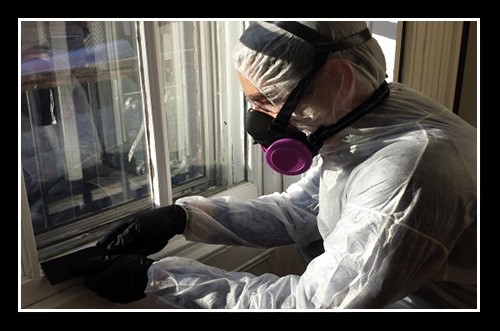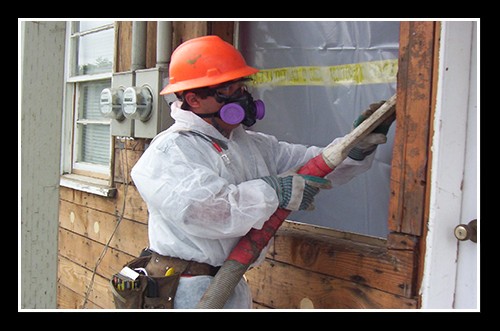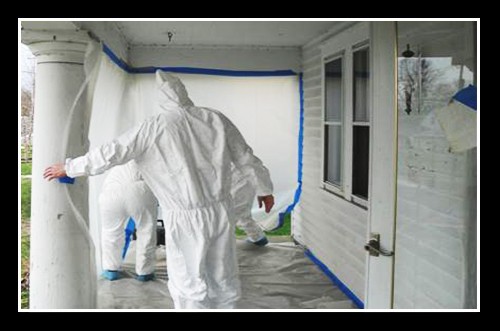EPA Lead-Safe Certified
EPA Lead-Safe Certified Residential & Commercial Painters
Nevada Commercial Coatings is an EPA Lead-Safe Certified residential and commercial painting company, dedicated to keeping our clients and workers safe.
Nevada Commercial Coatings is proud to be a Certified Lead-Safe Firm by the Environmental Protection Agency (EPA). The Lead-Safe Certified Firm Logo identifies Nevada Commercial Coatings as certified under the Renovation, Repair, and Painting (RRP) Rule.
This means we take every precaution when dealing with products or environments that may lead, and ensure that our crews, our clients, and the environment are all safe and protected. We have years of experience dealing with all types of lead paint, and know how to properly handle materials and equipment.
EPA Lead-Safe Certified Firm Certification Number: NAT-F157017-1 Issue Date: July 6, 2010 Certified for: All EPA Administered States, Tribes, and Territories.
Learn more about lead in the content below from the EPA.
What is lead?
Lead is a naturally occurring element found in small amounts in the earth’s crust. While it has some beneficial uses, it can be toxic to humans and animals causing of health effects.
Where is lead found?
Lead can be found in all parts of our environment—the air, the soil, the water, and even inside our homes. Much of our exposure comes from human activities including the use of fossil fuels including past use of leaded gasoline, some types of industrial facilities, and past use of lead-based paint in homes.
Lead and lead compounds have been used in a wide variety of products found in and around our homes, including paint, ceramics, pipes and plumbing materials, solders, gasoline, batteries, ammunition, and cosmetics. Lead may enter the environment from these past and current uses.
Lead can also be emitted into the environment from industrial sources and contaminated sites, such as former lead smelters. While natural levels of lead in soil range between 50 and 400 parts per million, mining, smelting, and refining activities have resulted in substantial increases in lead levels in the environment, especially near mining and smelting sites.
When lead is released to the air from industrial sources or vehicles, it may travel long distances before settling to the ground, where it usually sticks to soil particles. Lead may move from soil into ground water depending on the type of lead compound and the characteristics of the soil.
Federal and state regulatory standards have helped to minimize or eliminate the amount of lead in air, drinking water, soil, consumer products, food, and occupational settings.
Lower Your Chances of Exposure To Lead
Simple steps like keeping your home clean and well-maintained will go a long way in preventing lead exposure. You can lower the chances of exposure to lead in your home, both now and in the future, by taking these steps:
- Inspect and maintain all painted surfaces to prevent paint deterioration.
- Address water damage quickly and completely.
- Keep your home clean and dust-free.
- Clean around painted areas where friction can generate dust, such as doors, windows, and drawers. Wipe these areas with a wet sponge or rag to remove paint chips or dust.
- Use only cold water to prepare food and drinks.
- Flush water outlets used for drinking or food preparation.
- Clean debris out of outlet screens or faucet aerators on a regular basis.
- Wash children’s hands, bottles, pacifiers and toys often.
- Teach children to wipe and remove their shoes and wash hands after playing outdoors.
- Ensure that your family members eat well-balanced meals. Children with healthy diets absorb less lead.
- If you are having home renovation, repairs, or painting done, make sure your contractor is Lead-Safe Certified, and make sure they follow lead safe work practices.
- Determine if your family is at risk for lead poisoning.






